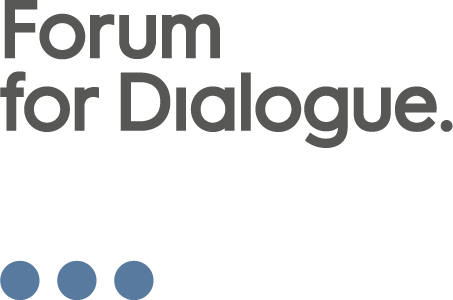I live in Dąbrowska Tarnowska in southern Poland, a town with many sites remaining after its Jewish residents, the most spectacular being the monumental synagogue, which was restored to its former greatness in 2012. As a child I was fascinated by these sites, but also surprised that no one ever comes to pray inside the impressive prayer house and that the cemetery with strange tombstones receives no visitors and is overgrown with weeds and bushes. It was hard to satiate my childhood curiosity and answer questions that kept coming. Even school education was not in-depth enough as regards this subject matter. It was only in the course of my postgraduate studies about the Shoah as well as my study visits to Yad Vashem that I felt prepared in my work as a teacher to reference Jewish culture, commemorate Holocaust victims and attempt to combat existing stereotypes and prejudice.
I teach Polish in Dąbrowa Tarnowska’s Secondary School Complex no.2. Most pupils I work with live in the countryside, where anti-Semitic views are deeply rooted. This is why introducing elementary Holocaust education became so important in my teaching. I have found allies in this mission at the school, especially in English language teacher Jerzy Stelmach (privately my husband), with whom I implement projects related to interacting with Israeli and American youth. I am also a mother of two adult daughters and a grandmother of a 2-year-old boy. I spend my free time reading books, gardening and traveling in Poland and abroad. I had even conducted some overseas trips to exotic countries.
My first initiative from 2003 was Holocaust Remembrance Days to honor the 60th anniversary of the outbreak of the Warsaw Ghetto Uprising. This year the event will see its 15th edition. My fellow teachers as well as head of Dąbrowa’s Cultural Center are co-organizing the event, which includes contests, exhibitions, meetings with the town’s former Jewish residents (the first edition was attended by the late Marceli Wajsbard, a lawyer) and “Children of the Holocaust”, as well as documentary and feature film screenings. Holocaust Remembrance Days have proven to be immensely popular, attended by over 100 secondary school students from the region and held under the auspices of the town’s mayor and the district head. In 2008, our event received an honorable mention in the nationwide “Memory for the Future” project.
Another initiative, was my input in the filming of a 2006 documentary film by Maria Zawada-Bilik called “Tracing the History of Dąbrowa Tarnowska – Dąbrowa’s Jews”. The film is 48 minutes long and presents the history, traditions and extermination of Jews in Dąbrowa as well as the Judaica still surviving in the townscape. It is available in all school libraries in the region and was screened a number of times by TVP Kraków TV station, meeting with significant interest from our local residents. This year,along with my students I participated in yet another and much shorter documentary, this time on the functioning of the renovated synagogue building, which now houses a Cultural Meeting Center. I was also invited by Paweł Sroka, the editor of a local internet newspaper Nowy Kurier Dąbrowski (“Dąbrowa’s New Sentinel”) to write a series of articles about Jews from Dąbrowa. To this day they are available online in the site’s Judaica section.
Since 2007, my school has been involved in the international initiative “Closer to Each Other” (Bliżej siebie) and has earned the honorary title of School of Meetings and Dialogue. Each year we are visited by over 100 young people from Netanya who – together with their Polish peers – participate in workshops, competitions, sports games, learn Polish songs and dances and visit sites connected to Jewish history.




